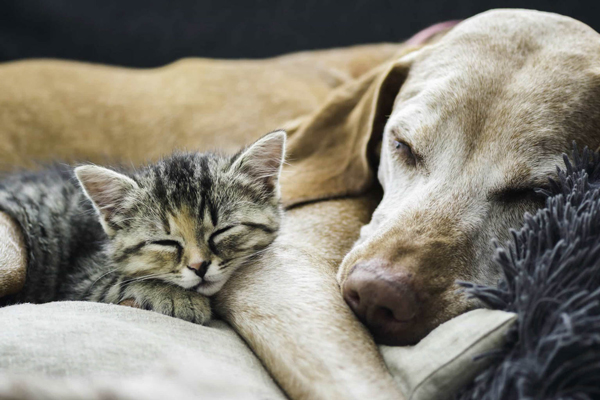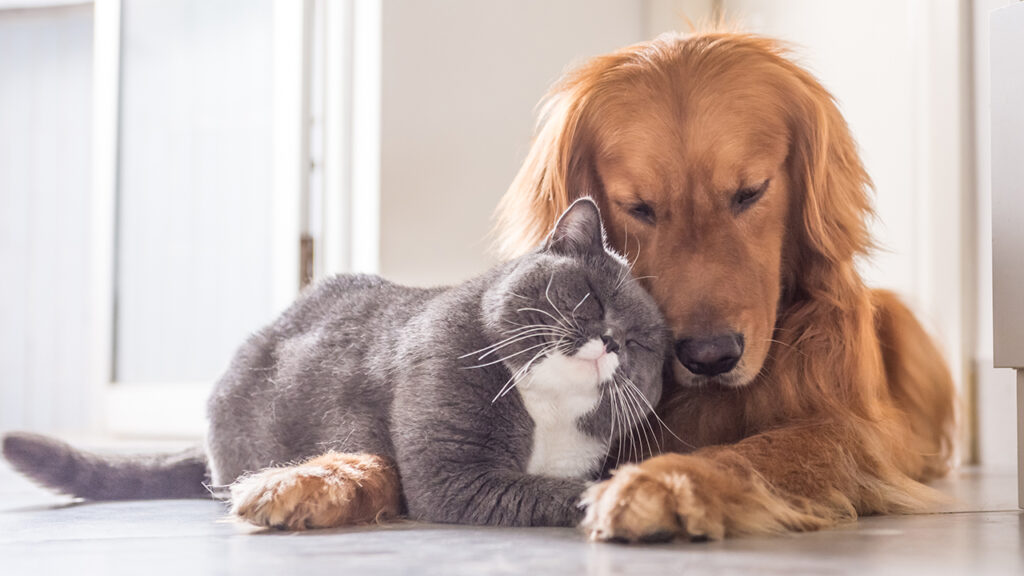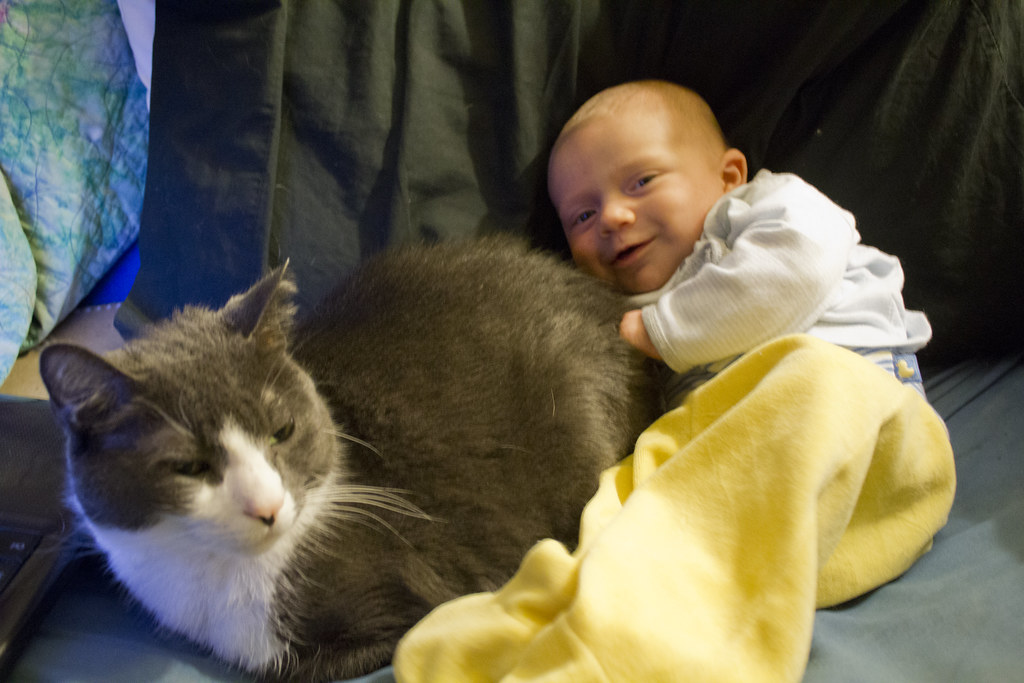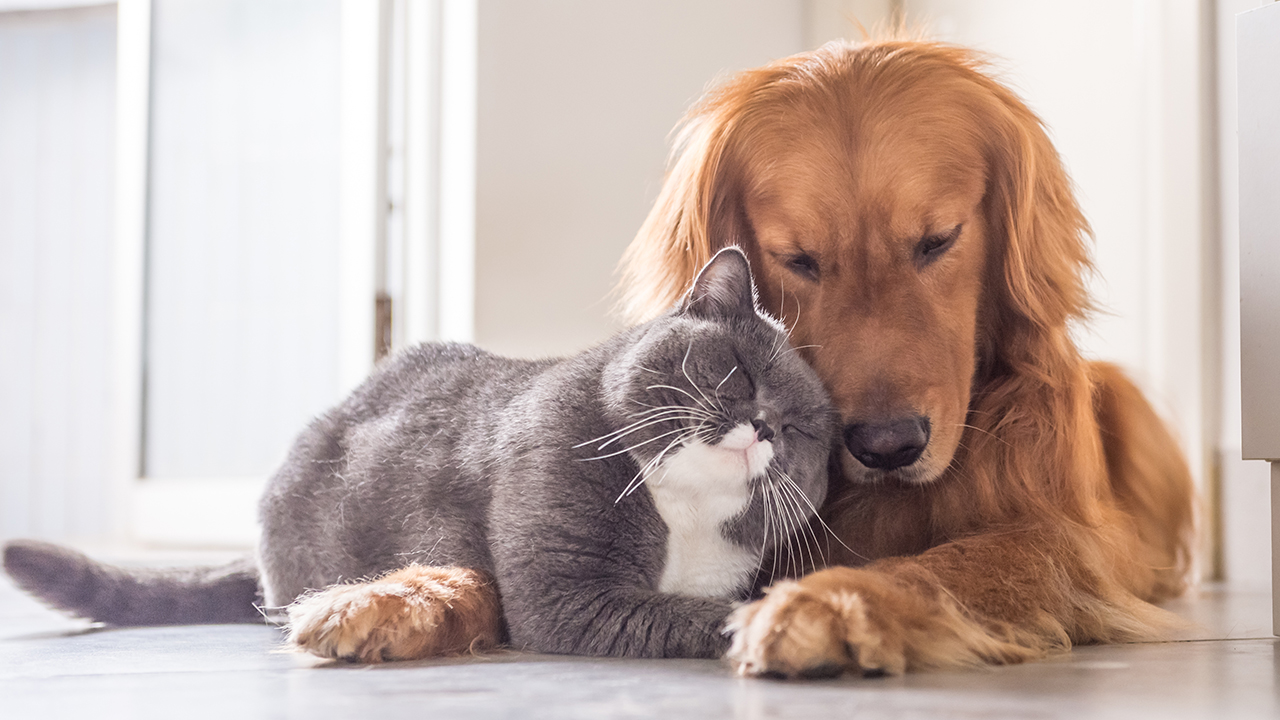The foundational principle underpinning successful introductions is to prioritize the comfort and security of all animals involved. Existing pets, particularly cats, are creatures of habit and deeply attached to their established territories. The sudden arrival of a new animal can be perceived as a significant threat to their resources, their social hierarchy, and their overall sense of well-being. Similarly, the new cat, arriving in an unfamiliar environment filled with unknown scents and potentially intimidating residents, is likely to feel vulnerable and stressed. Therefore, how to introduce a new cat to other pets must center around minimizing these feelings of threat and anxiety, allowing each animal to adjust at their own pace.

Before the new cat even sets paw inside your home, thoughtful preparation is crucial. Consider the personality and temperament of your existing pets. Are your resident cats generally accepting of other felines, or are they more solitary and territorial? Does your dog have a strong prey drive, or is it generally gentle and well-socialized with cats? Understanding these pre-existing dynamics will help you tailor your approach to how to introduce a new cat to other pets more effectively. Ideally, when selecting a new cat, try to choose one whose age and energy level are somewhat compatible with your resident pets. Introducing a high-energy kitten to a senior cat, for instance, can lead to constant irritation for the older feline, while a timid adult cat might be overwhelmed by a boisterous, playful dog.
The initial phase of how to introduce a new cat to other pets involves complete separation. Upon arrival, the new cat should be confined to a single, comfortable “safe room.” This space should be equipped with all the essentials: a litter box, food and water bowls, a scratching post, toys, and a comfortable bed or hiding place. This allows the new cat to acclimate to the strange smells and sounds of its new home without feeling immediately threatened by the presence of other animals. For the resident pets, this separation provides an opportunity to become aware of the new arrival through scent and sound without direct confrontation. Ideally, the safe room should be in an area that your resident pets don’t frequent often, minimizing their initial disruption.
During this separation period, which can last for several days or even a week or two, a key element of how to introduce a new cat to other pets is the exchange of scents. Scent is a primary mode of communication for cats and dogs, and familiarizing them with each other’s odors from a safe distance is a crucial first step. You can achieve this by swapping bedding, towels, or even toys between the new cat and your resident pets. Allow each animal to sniff and explore the items carrying the other’s scent. Observe their reactions. Some hissing or growling is normal, indicating they are aware of the new presence. However, if the reactions are extreme or prolonged, it signifies that you need to proceed at a slower pace.
Once both the new cat and the resident pets appear calm and curious, rather than stressed or agitated, by the exchanged scents, the next stage of how to introduce a new cat to other pets involves controlled visual and auditory introductions without direct contact. This can be achieved by partially opening the door to the new cat’s safe room, using a baby gate, or even a screened door. These barriers allow the animals to see and hear each other while preventing any physical altercations. Keep these initial visual encounters brief and positive. Offer high-value treats or engage in enjoyable playtime with both the new cat and the resident pets while they are in sight of each other. This helps them associate the presence of the other animal with positive experiences.

Pay close attention to the body language of all animals during these supervised interactions. Signs of stress include flattened ears, dilated pupils, hissing, growling, a puffed-up tail, or attempts to flee or hide. If any of these signs appear, immediately separate the animals and slow down the introduction process. It’s crucial to proceed at the pace of the most stressed animal. Patience is paramount when learning how to introduce a new cat to other pets successfully.
As the animals become more comfortable with seeing each other through the barrier, you can gradually increase the duration of these supervised encounters. Look for positive or neutral interactions, such as relaxed body posture, mutual curiosity without aggression, or even ignoring each other. These are positive indicators that they are beginning to accept each other’s presence. In the case of introducing a new cat to a dog, ensure the dog remains on a leash during these initial visual introductions to prevent any chasing or lunging behavior. Reward the dog for calm and obedient behavior in the cat’s presence.
The next step in how to introduce a new cat to other pets involves short periods of supervised interaction in a neutral territory without any barriers. Choose a space where neither the new cat nor the resident pets feel overly dominant or territorial. Keep these initial face-to-face meetings brief and closely monitored. Have high-value treats readily available to reward calm and neutral behavior. If any signs of aggression or intense fear appear, immediately interrupt the interaction and separate the animals. Redirect their attention with toys or a verbal command. The goal is to create positive associations with these direct encounters.
Gradually increase the duration of these supervised interactions as long as all animals remain relaxed and peaceful. It’s essential to avoid forcing interaction. Allow the animals to approach and interact with each other at their own pace. If one animal attempts to stalk, chase, or pounce on another, immediately intervene and redirect their attention. Positive reinforcement, such as praise and treats for calm behavior, is crucial during this phase of how to introduce a new cat to other pets.
Once the cats (or the cat and dog) have consistently had positive or neutral interactions over several days or even weeks, without any signs of stress or aggression, you can begin to allow them short periods of unsupervised time together. However, it’s still crucial to monitor their interactions closely, especially in the initial stages. Ensure that all animals have easy access to escape routes and separate resources, such as multiple litter boxes, food and water bowls, scratching posts, and resting areas. This minimizes the potential for competition and territorial disputes, which is a vital aspect of how to introduce a new cat to other pets in the long term.

Creating a multi-cat household requires careful attention to resource management. The general rule of thumb is to have one more of each essential resource than the number of cats. For example, if you have two cats, provide three litter boxes in different locations. This prevents any one cat from monopolizing resources and causing stress for the others. Similarly, provide multiple food and water stations, scratching posts with different textures, and a variety of comfortable resting spots, including both ground-level and elevated perches. Vertical space is particularly important for cats, as it allows them to establish their own territories and feel secure. Providing cat trees, shelves, and window perches can significantly contribute to a harmonious multi-cat environment, a key consideration when thinking about how to introduce a new cat to other pets and ensure long-term cohabitation.
Introducing a new cat to a household with dogs requires extra caution and specific strategies. The dog’s prey drive is a primary concern. Even a dog with a generally gentle temperament might instinctively chase a fleeing cat. Therefore, strict supervision and proper dog training are paramount. Before any face-to-face introductions, ensure your dog has a solid foundation in obedience commands, particularly “stay,” “leave it,” and “come.” During initial visual introductions, keep the dog on a leash and reward calm behavior in the cat’s presence. Gradually decrease the distance between them while maintaining control of the dog. Never allow the dog to chase the cat, even in play. Positive reinforcement for calm interactions is crucial.
Providing the cat with escape routes and elevated safe havens is also essential for their security. The process of how to introduce a new cat to other pets when one of them is a dog often takes more time and patience than introducing two cats.
Introducing a new cat to a household with children requires a different set of considerations. Children, especially young ones, may not understand a cat’s subtle body language and boundaries. It’s crucial to educate children on how to interact respectfully with the new cat. Teach them gentle petting techniques, explain when the cat wants to be left alone, and emphasize the importance of not chasing or startling the cat. Always supervise interactions between young children and the new cat to ensure the safety and well-being of both. A kitten or a young, resilient cat is often a better choice for households with young children, as they are generally more tolerant of their quick movements and noises. Understanding basic feline body language is also essential for children so they can recognize signs of stress or discomfort in the cat. This educational aspect is a vital part of how to introduce a new cat to other pets when children are involved.

Finally, it’s important to manage expectations. While the ultimate goal is peaceful coexistence, expecting immediate best friendship between all your pets might be unrealistic. Some animals may simply learn to tolerate each other and respect each other’s space. As long as there is no aggression or constant stress, this can still be considered a successful multi-pet household. The process of how to introduce a new cat to other pets is a journey that requires patience, observation, and a commitment to the well-being of all your animal companions. By following a slow, gradual, and positive reinforcement-based approach, you can significantly increase the chances of a harmonious and happy multi-pet home. Remember that each animal is an individual, and the timeline for successful integration will vary. Trust the process, be patient, and celebrate the small victories along the way.

